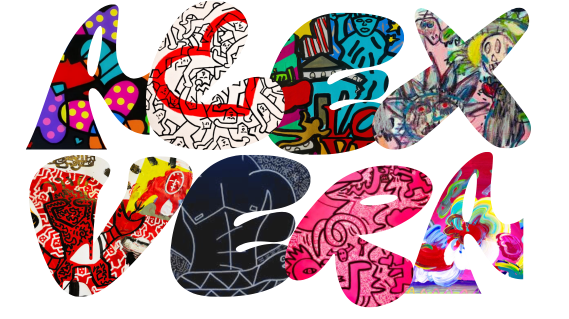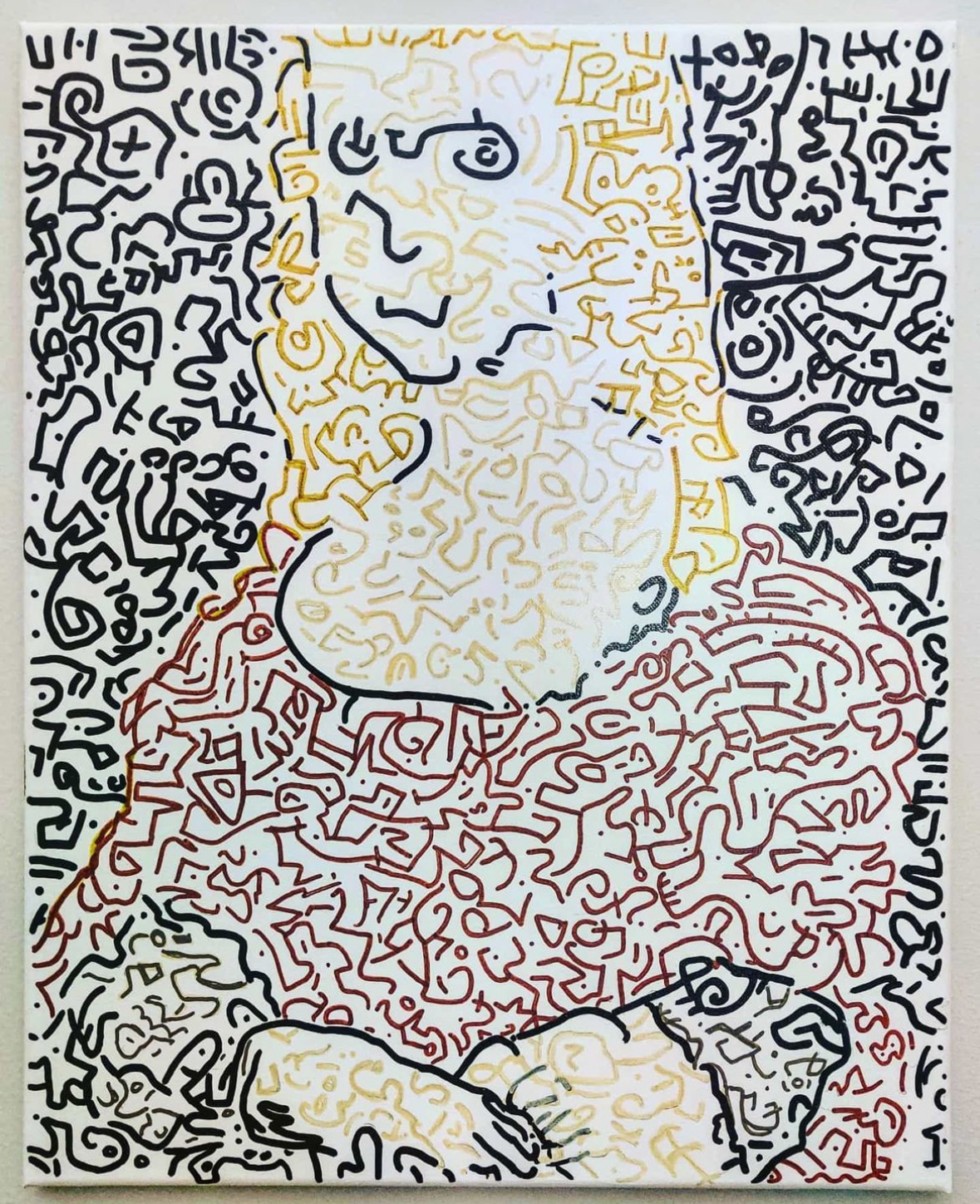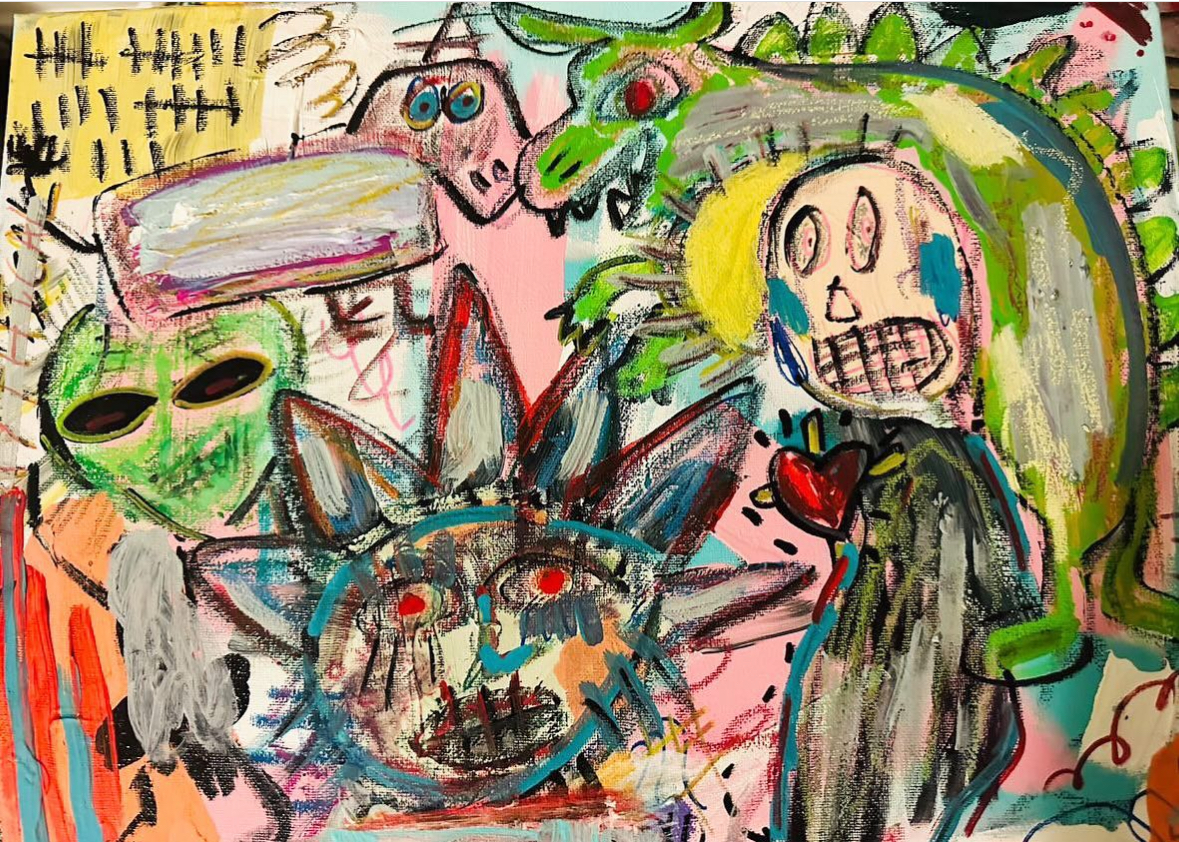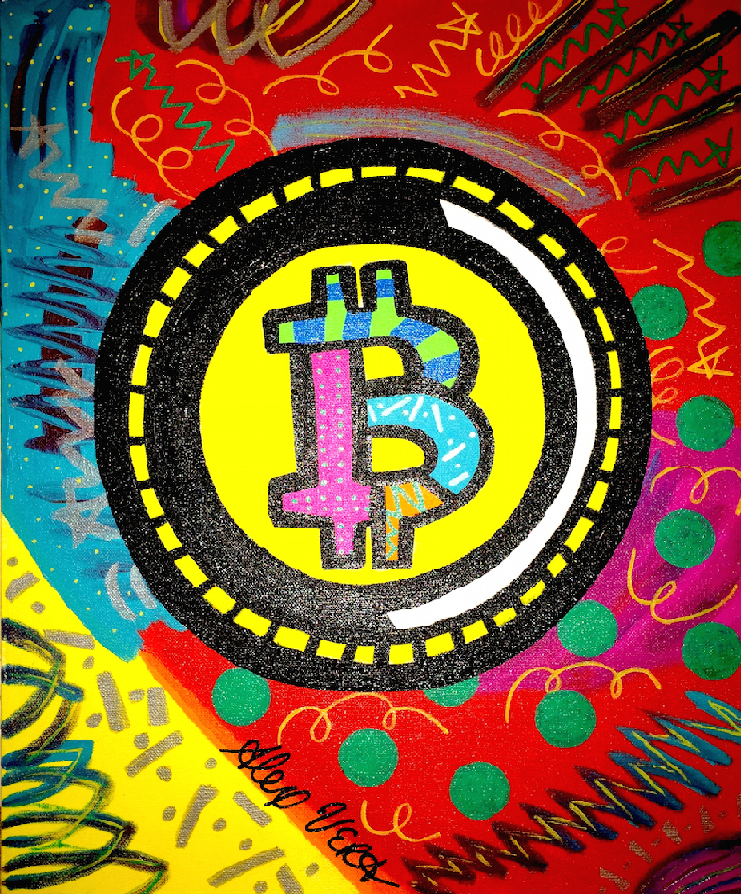Twenty years ago, Miami was not typically associated with being an international arts destination, despite its reputation as a tropical beach paradise. Due to the violent scenes reminiscent of Miami Vice in the 1980s and 1990s, followed by the Elián González controversy and the 2000 presidential vote recount debacle of Al Gore and George W. Bush, the city had earned a reputation as a cultural desert. It was known mainly for cosmetic surgery, regardless of whether this perception was accurate or not and retirement homes.
Fast forward to the present. Art Basel Miami Beach has transformed the art scene in Miami over the past two decades, growing from a offshoot of a fair to the eminent Art Basel in Switzerland to becoming one of the world’s most renowned art shows. The 21st edition of the show, which showcases contemporary works from over 2,000 artists represented by 265 galleries across five continents, is set to take place over the weekend, alongside an array of events and satellite fairs in Miami’s vibrant art districts. The city’s multicultural and cosmopolitan identity made it an ideal location for Art Basel, which sought a warm-climate site in North America, and Miami’s burgeoning art community and offbeat spirit made it a natural fit. The fair has helped to shift Miami’s reputation from a city of drugs, guns, and corruption to a cultural destination for art lovers around the globe.

In the 2000s, Norman Braman, American billionaire car dealer and art collector, joined a group of influential people in Miami who aimed to alter the city’s reputation as a prime location. The directors of Art Basel, whose annual June fair had gained a reputation as one of the most important contemporary art events worldwide since its inception in 1970, sought to establish a North American franchise to take place in December. A warm-climate site was desirable, and Miami, a winter haven for many European art collectors, seemed like the ideal location, but it was discovered that Miami’s appeal was not limited to its warm temperatures. Carol Damian, director of the Frost Art Museum at Florida International University in Miami, explains that Art Basel likely would not have chosen Miami if they hadn’t also recognized it as one of the most cosmopolitan and multicultural cities in the United States. Thus, locating an international art fair in Miami was a logical decision.
According to Damian, the art community in Miami was already in its infant stage and was thriving in areas such as the once-depressed Wynwood neighborhood, located just north of downtown Miami, and the Design District nearby. Damian explains that many people were fed up with Miami being perceived as a place rife with drugs, guns, and corruption. So, they began establishing their own cultural environment, and when Art Basel arrived, they recognized the city’s potential. Additionally, Miami’s tendency towards the unconventional, for better or worse, appealed to the contemporary art scene’s need to avoid the status quo. Damian notes that Miami was never the status quo, making it a perfect fit for a contemporary art fair.
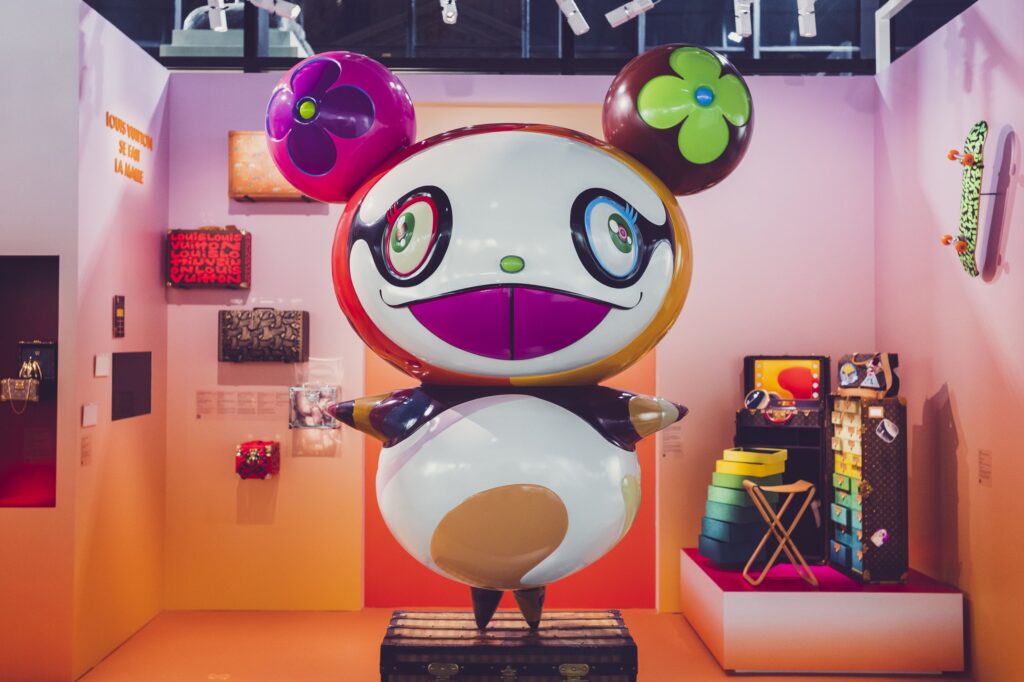
The very first Art Basel Miami Beach, originally scheduled for a grand opening in 2001, was canceled due to the aftermath of 9/11. Nevertheless, the event started a couple years later in 2003 and rapidly gained momentum in subsequent years, attracting prestigious international galleries like Waddington from London and Acquavella from New York. In past year’s events, Acquavella sold Richard Diebenkorn’s painting “Man Drawing” for $5 million. In 2022, the fair attracted 76,000 visitors and pumps at least $500 millions of dollars into Miami’s economy from the sales of art revenue, with expectations for even greater numbers this year. The 2022 event, centered at the Miami Beach Convention Center, has expanded to include exhibitions and performances at Collins Park and large-scale art video projections on the wall of the Frank Gehry-designed New World Center.
According to fans of Art Basel Miami Beach, the event is more free-spirited and egalitarian compared to the more structured European fairs like Art Basel and Venice Biennale. The presence of numerous satellite and “guerrilla” arts fairs taking place alongside Art Basel Miami Beach, such as American Exuberance and Graffiti Gone Global, contributes to a more enjoyable, if not necessarily more lucrative, experience. Another factor that enhances the event is its pronounced Latin American influence, especially this year with a greater presence of Brazilian artists, and the increasing number of wealthy art collectors from the region who have profited from the current economic boom.

Miami, once known only for its sandy beaches and glitzy nightlife, is now emerging as a world-class arts destination. The success of Art Basel Miami Beach has helped transform the city into a vibrant cultural hub that rivals the likes of New York City’s SoHo. The fair has not only attracted international art collectors to vacation in South Florida but also convinced many to buy second homes there. The cultural momentum created by the fair has given rise to new performing arts complexes and major cultural hubs, making Miami a serious contender for the title of international arts Eden. All of this can be traced back to Basel finding the Beach, and Miami opening its doors to the world in ways that other communities have not. With each passing year, Miami’s star shines brighter, and the city’s future as a cultural capital seems brighter than ever. Art Basel definitely puts the magic in the “magic city” Miami is known as.
